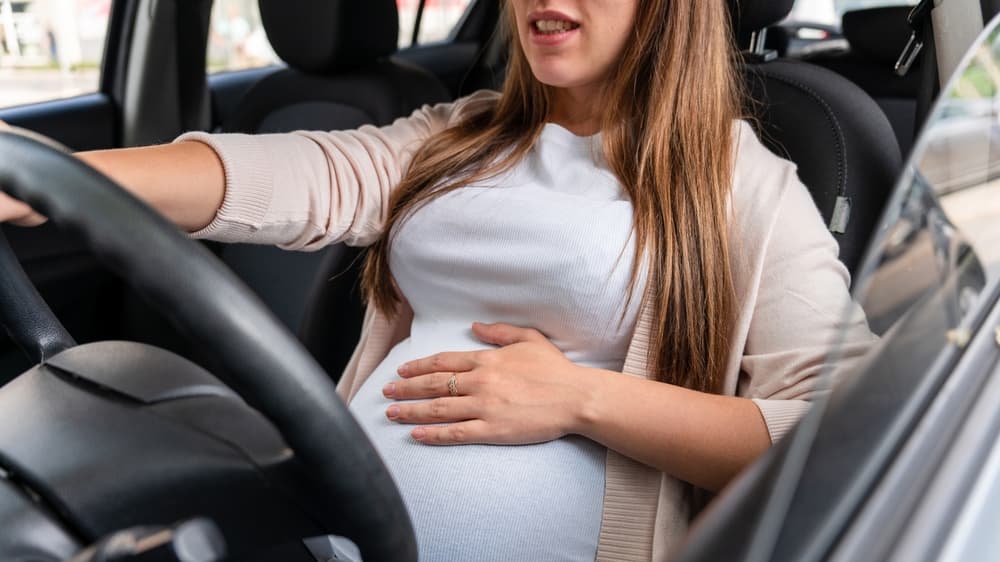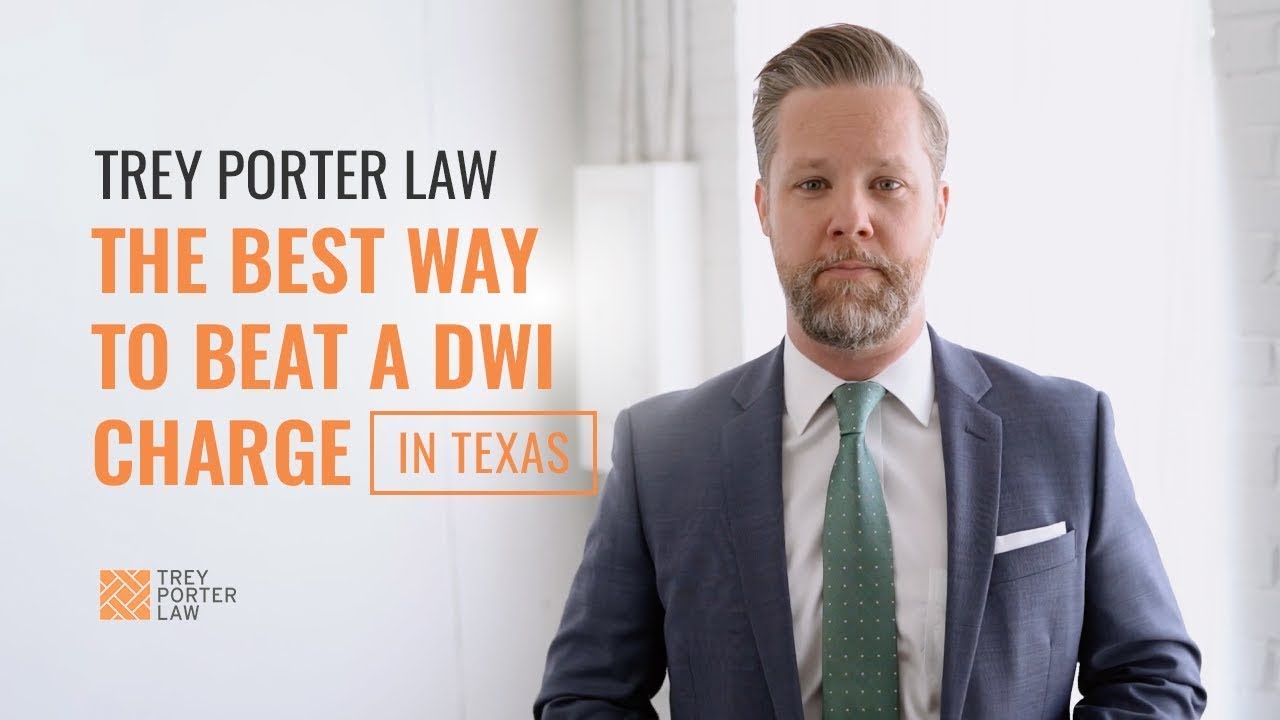In a Car Accident Not My Fault: What to Do Next
Being involved in a car accident is never a pleasant experience, especially when it’s not your fault. In such situations, it’s crucial to take immediate action to protect yourself. This article will provide a comprehensive guide on what to do after a car accident that’s not your fault, ensuring that you safeguard your rights and well-being.
What to Do After a Car Accident That’s Not Your Fault
1. Stay Calm and Ensure Safety
The aftermath of a car accident can be chaotic and overwhelming. It’s essential to stay calm and maintain composure. First, check yourself for injuries. If you or anyone else is hurt, call 911 immediately. Once you’ve ensured your safety, move your vehicle to the side of the road if possible. This will prevent further accidents and allow emergency vehicles to access the scene. Turn on your hazard lights to alert other drivers.
While waiting for help to arrive, gather your thoughts and assess the situation. Take note of any details you can remember about the accident, such as the other driver’s license plate number, the make and model of their vehicle, and the circumstances leading up to the collision. This information will be invaluable when reporting the accident to the police and insurance company.
2. Call the Police and File a Police Report
It’s imperative to call the police after a car accident, regardless of the severity. A police report will document the accident and provide an official record of what happened. When the officer arrives, be clear and concise in describing the accident. Don’t admit fault or apologize, as this could potentially weaken your case later on. Cooperate with the officer and provide them with all the information you have gathered. Obtain a copy of the police report for your records.
3. Exchange Information and Document the Scene
After the police have arrived, exchange information with the other driver(s) involved in the accident. This includes your name, address, phone number, insurance information, and license numbers. Take photos of the accident scene, including damage to both vehicles, any skid marks, and surrounding landmarks. These photos will serve as valuable evidence when filing an insurance claim or pursuing legal action.
4. Seek Medical Attention
Even if you don’t feel injured immediately after the accident, it’s crucial to seek medical attention. Some injuries may not manifest themselves until hours or even days later. A doctor will examine you for potential injuries, provide treatment, and document your condition. This documentation will be essential for your insurance claim and any subsequent legal proceedings.
In a Car Accident Not My Fault? Here’s What to Do
Being involved in a car accident that wasn’t your fault can be a stressful and confusing experience. But it’s crucial to remain calm and take the necessary steps to protect your rights and safety.
1. Stay Calm and Assess the Situation
In the immediate aftermath of an accident, it’s natural to feel shaken. But try to stay in control and gather your thoughts. Check yourself and any passengers for injuries. If anyone is hurt, call 911 immediately. Once you’ve ensured everyone’s safety, move your vehicle to the side of the road if possible to avoid further accidents.
2. Gather Information and Document the Scene
Once you’re safe, it’s crucial to gather as much information as you can about the accident. This includes:
- The other driver’s name, contact information, and insurance policy number
- The make, model, and license plate number of both vehicles
- The location and time of the accident
- The names and contact information of any witnesses
Take photos of the damage to both vehicles, the accident scene, and any visible injuries. This documentation will be invaluable when you file an insurance claim or take legal action.
3. Call the Police and File a Report
Even if the accident is minor, it’s important to call the police and file a report. The police report will provide an official record of the accident and may be helpful in your insurance claim.
4. Seek Medical Attention
Even if you don’t think you’re injured, it’s a good idea to see a doctor after an accident. Some injuries, such as whiplash, may not show up immediately. Getting medical attention will also help you document any injuries for insurance purposes.
5. Contact Your Insurance Company
As soon as possible after the accident, notify your insurance company. They will be able to guide you through the claims process and help you get your car repaired or replaced.
6. Consider Getting Legal Help
If you’re seriously injured or the other driver is disputing fault, consider getting legal help. An attorney can help you protect your rights and get you the compensation you deserve.
In a Car Accident Not My Fault: What to Do From Here
It’s a distressing experience to be involved in a car accident that wasn’t your fault. The shock, confusion, and potential injuries can be overwhelming. However, amidst the chaos, it’s crucial to take prompt action to protect your rights and well-being.
1. Ensure Your Safety
The immediate aftermath of an accident demands utmost attention to safety. Check for injuries to yourself and any passengers. If possible, move your vehicle to a safe location to avoid further hazards. If you or someone else is seriously hurt, call 911 immediately.
2. Call the Police
Don’t hesitate to call the police, regardless of the severity of the accident. A police report serves as a vital record of the incident, including details on the other driver, witnesses, and any damages. It also ensures that the other driver can’t evade responsibility.
3. Exchange Information
This is a crucial step that helps establish the facts of the accident. After ensuring safety, exchange the following information with the other driver:
- Names, contact details, and insurance information
- License plate numbers
- Vehicle make, model, and year
- Location and time of the accident
If possible, take photos of the accident scene, including any damage to vehicles and the surrounding area. These can serve as valuable evidence.
4. Seek Medical Attention
Even if you don’t feel injured initially, it’s essential to seek medical attention as soon as possible. Some injuries may not show up right away, and prompt treatment can minimize long-term complications. Inform your doctor about the accident and any pain or discomfort you may be experiencing.
5. Contact Your Insurance Company
Report the accident to your insurance company as promptly as possible. They will assist you in the claims process and provide guidance on your options. Be honest and accurate when providing details of the accident, and keep a record of all correspondence.
6. Consider Legal Action
If the accident resulted in significant injuries or property damage, you may consider consulting an attorney. They can assess your case and advise you on your legal rights and options for pursuing compensation for damages.
7. Don’t Sign Anything
Never sign any documents or agreements at the scene of the accident, especially if the other driver is trying to settle with you. Always consult with your insurance company or an attorney before signing anything related to the accident.
In a Car Accident Not My Fault? Here’s What to Do
Being involved in a car accident is never a pleasant experience, especially when it’s not your fault. In such a situation, it’s crucial to remain composed and take the necessary steps to protect yourself and your interests. Here’s a comprehensive guide to what you should do if you find yourself in such a predicament:
1. Ensure Safety
The immediate priority after an accident is to ensure the safety of yourself and others involved. Pull over to the side of the road if possible, turn on your hazard lights, and check for any injuries. If there are any serious injuries, call for emergency medical assistance immediately.
2. Report the Accident
Once the immediate danger has passed, report the accident to the police. They will create a report that will serve as an official record of the incident. Provide the police officer with all the necessary details, including the time, location, and a description of what happened.
3. Exchange Information
After the police have arrived, you should exchange information with the other driver(s) involved in the accident. This includes your names, addresses, phone numbers, insurance information, license numbers, and license plate numbers. Additionally, take pictures of the damage to both vehicles and the surrounding area. These photos will be valuable evidence later on.
4. Gather Witness Statements
If there were any witnesses to the accident, ask for their contact information. Their statements can provide valuable corroborating evidence in case of any disputes or insurance claims. Remember to be polite and respectful when approaching witnesses, as they may be shaken up or otherwise indisposed.
5. Seek Legal Advice
Depending on the severity of the accident and the extent of your injuries, you may want to consider seeking legal advice. An experienced attorney can help you understand your rights and guide you through the insurance claims process. They can also represent you in court if necessary.
Conclusion
Being involved in a car accident is a stressful experience, but it’s important to remain calm and take the necessary steps to protect yourself. By following the steps outlined above, you can help ensure that your rights are protected and that you receive fair compensation for any damages or injuries.
In a Car Accident Not My Fault? Here’s What to Do
Getting into a car accident is never fun, but it’s even worse when it’s not your fault. If you find yourself in this situation, don’t panic. Follow these steps to protect yourself and your rights.
1. Stay Calm and Safe
First and foremost, stay calm and make sure you’re safe. If you’re injured, call 911 immediately. Otherwise, move your car to a safe location if possible.
2. Call the Police
Even if the accident is minor, you should still call the police. They will create a report that will be helpful to your insurance company and any other parties involved.
3. Exchange Information
Once you’ve called the police, exchange information with the other driver(s) involved in the accident. This includes your name, address, phone number, insurance information, and license plate numbers.
4. Take Photos
If you’re able to, take photos of the accident scene. This will help document the damage and provide evidence for your insurance company.
5. Get a Copy of the Police Report
Once the police have finished their investigation, you should request a copy of the police report. This report will contain important information about the accident, including the officer’s opinion on who was at fault.
6. Contact Your Insurance Company
As soon as possible, contact your insurance company to report the accident. They will guide you through the claims process and help you get your car repaired or replaced.
7. Get a Medical Exam
Even if you don’t feel injured, it’s important to get a medical exam after a car accident. Some injuries, like whiplash, may not show up right away.
8. Hire an Attorney
If the other driver is disputing fault or if you have serious injuries, you may want to consider hiring an attorney. An attorney can help you protect your rights and get you the compensation you deserve.
Getting into a car accident is a stressful experience, but it’s important to stay calm and follow these steps to protect yourself. By taking the right steps, you can minimize the impact of the accident on your life and get back on the road as soon as possible.
In a Car Accident Not My Fault: A Guide for Victims
It can be a harrowing experience to be involved in a car accident, especially if it’s not your fault. Not only do you have to deal with the physical and emotional trauma, but you also need to navigate the legal complexities and insurance bureaucracy. This comprehensive guide will provide you with the necessary steps to take after a car accident that was not your fault, ensuring you protect your rights and seek justice.
2. Stay Calm and Collect Information
In the immediate aftermath of an accident, your adrenaline will be pumping, and it may be difficult to think clearly. However, it’s crucial to stay as calm as possible and focus on collecting essential information. Exchange contact and insurance details with the other drivers involved and gather as many photos and videos of the scene as you can. If there are any witnesses, get their names and contact information.
3. Report the Accident
Promptly report the accident to the police and your insurance company. Be thorough and accurate when providing details about the accident. Obtain a copy of the police report, as it will be valuable documentation for your insurance claim.
4. Seek Medical Attention
Even if you don’t feel injured, it’s imperative to seek medical attention as soon as possible after an accident. Some injuries may not be immediately apparent, and seeking medical attention will help rule out any hidden health issues.
5. Contact a Car Accident Lawyer
If you’re injured in a car accident that wasn’t your fault, don’t hesitate to consult with a qualified car accident lawyer. An experienced attorney will have the necessary knowledge and expertise to handle your case effectively, maximizing your chances of obtaining fair compensation.
6. Preserve Evidence
Preserving evidence is crucial for your case. Here are some key steps to take:
- Take Photos: Document the damage to your vehicle, the other driver’s vehicle, and the accident scene. These photos will provide concrete evidence to support your claim.
- Keep Records: Maintain detailed records of all expenses related to the accident, including medical bills, repair costs, and lost wages. These records will help you quantify your financial losses.
- Secure Witness Statements: If there were any witnesses to the accident, obtain written statements from them as soon as possible. Their accounts can corroborate your version of events.
- Avoid Posting on Social Media: It’s best to avoid posting anything about the accident on social media. Anything you post can be used against you by the other driver’s insurance company.
- Don’t Sign Anything: Never sign any documents or release forms presented by the other driver’s insurance company until you’ve had a chance to review them with your attorney.
Remember, you have rights as the victim of a car accident that wasn’t your fault. By following these steps, you can help protect your legal rights and seek justice for the injuries you’ve sustained.
In a Car Accident Not My Fault? Here’s What You Need to Do
If you’re involved in a car accident that wasn’t your fault, it can be a stressful and confusing time. But it’s important to know what steps to take to protect your rights and get the compensation you deserve.
1. Stay Calm and Check for Injuries
The first thing to do after an accident is to stay calm and check for injuries. If you or anyone else is hurt, call 911 immediately. Once you’ve checked for injuries, move your car to a safe location if possible.
2. Call the Police
Even if there are no injuries, it’s important to call the police to report the accident. The police will create a report that can be used as evidence later on.
3. Exchange Information
Once the police have arrived, exchange information with the other driver(s) involved in the accident. This includes your name, address, phone number, insurance information, and license plate number.
4. Take Photos
If you have a camera, take photos of the accident scene. This will help you document the damage to your car and the other vehicles involved.
5. Get a Medical Exam
Even if you don’t feel injured, it’s important to get a medical exam after an accident. Some injuries, such as whiplash, may not show up right away.
6. File a Claim with Your Insurance Company
Once you’ve taken care of the immediate aftermath of the accident, you should file a claim with your insurance company. Your insurance company will investigate the accident and determine who is at fault. If you’re not at fault, your insurance company will pay for your damages.
7. Get an Attorney
If you’re having trouble getting your insurance company to pay for your damages, you may want to consider getting an attorney. An attorney can help you negotiate with the insurance company and fight for your rights.
Being involved in a car accident is never fun, but it’s important to know what to do if you’re in one. By following these steps, you can protect your rights and get the compensation you deserve.





Leave a Reply